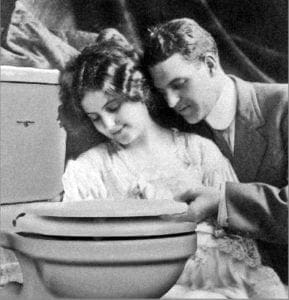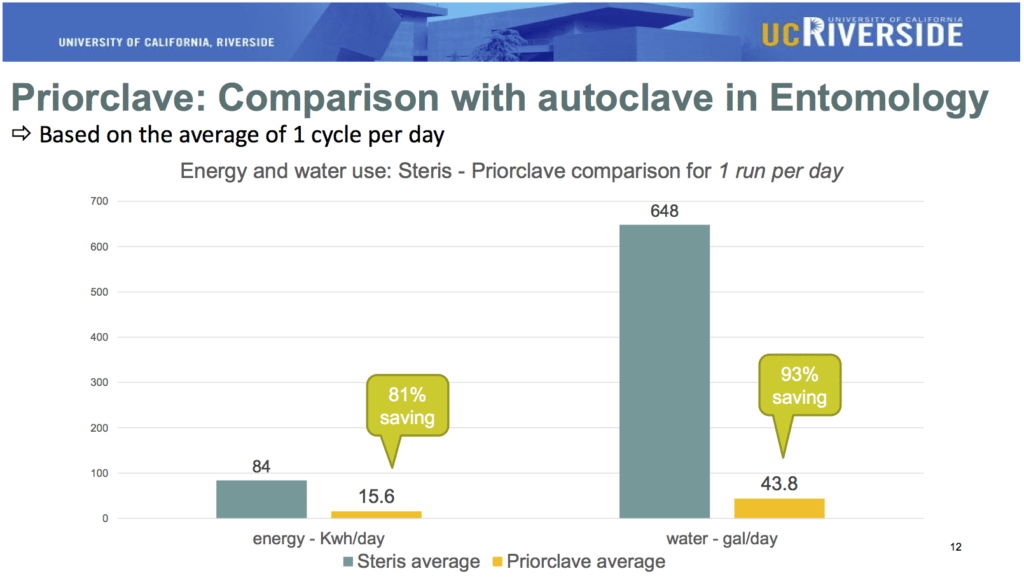Sustainable Labs: Small Changes Make Big Impacts
By: Priorclave North America
Categories: Lab Design Lab Innovation
Around the U.S., regions, states, and cities are introducing new initiatives, legislation, consumer campaigns, and equipment upgrades to increase efficiency and lessen resource demands. This is increasingly necessary as southwestern states face drought, water supply/demand imbalances, and the challenges of climate change. 
Many of us began our early journey toward sustainability in the home with a tiny change: Switching from incandescent and fluorescent bulbs to LED lighting and energy star rated appliances. Such small changes are making big differences in communities across the U.S. The Drought Contingency Plan, in place in the Lower Basin until 2026, is making progress toward reducing water demand that previously outpaced the Colorado River’s ability to supply farms and cities. Dallas’ successful “New Throne for Your Home” campaign replaced old toilets citywide with more efficient new models. This has saved an estimated 50 million gallons of water per year in greater Dallas.
Research facilities have similar opportunities, making small changes that translate into big resource savings.
Making the Switch to Research Autoclaves and More Sustainable Labs
Until recently, medical grade autoclaves were the standard in North American labs. But they’re rarely the right fit for a research lab. Medical grade autoclaves are designed and work best for busy hospitals requiring heavy throughput. They are never idle. Their thick-walled rectangular vessels, Venturi ejectors, and constantly running bleeder valves all use a great deal of energy and water. That’s vital to 24/7 operation, but far exceeds what’s needed just to sterilize items.
This is fine in a busy hospital, where perpetual operation is key. But for labs, which usually keep an eight-hour workday and can have long idle periods, an autoclave that never stops is overkill. If you aren’t processing flat trays of medical instruments for eight (or more) hours each day, every day, then you likely don’t need a medical-grade autoclave–and having one is wasting millions of gallons of water per year, and countless kWh of energy. Labs can see significant sustainability gains by modifying their existing medical autoclaves—and even bigger wins by replacing them with with research models when the time comes.
By modifying wasteful medical autoclaves, both Stanford University and University of Washington were able to significantly reduce their waste of potable water—to the tune of a 93 million gallon annual reduction at Stanford and a twenty percent drop in use at the University of Washington.
But aftermarket mod kits don’t directly address high energy consumption. A research autoclave might use between 1/10 and ⅙ as much water and energy as a medical one. By replacing medical autoclaves with research autoclaves, the University of California at Riverside estimated it saves 220,000 gallons of water per autoclave per year. Not only that, but research models have a much lower total cost of ownership (factoring in purchase price, maintenance costs, and operating costs).
Thinking about joining us on the journey to more sustainable labs? It’s easier than you think. Reach out and let’s get started!


